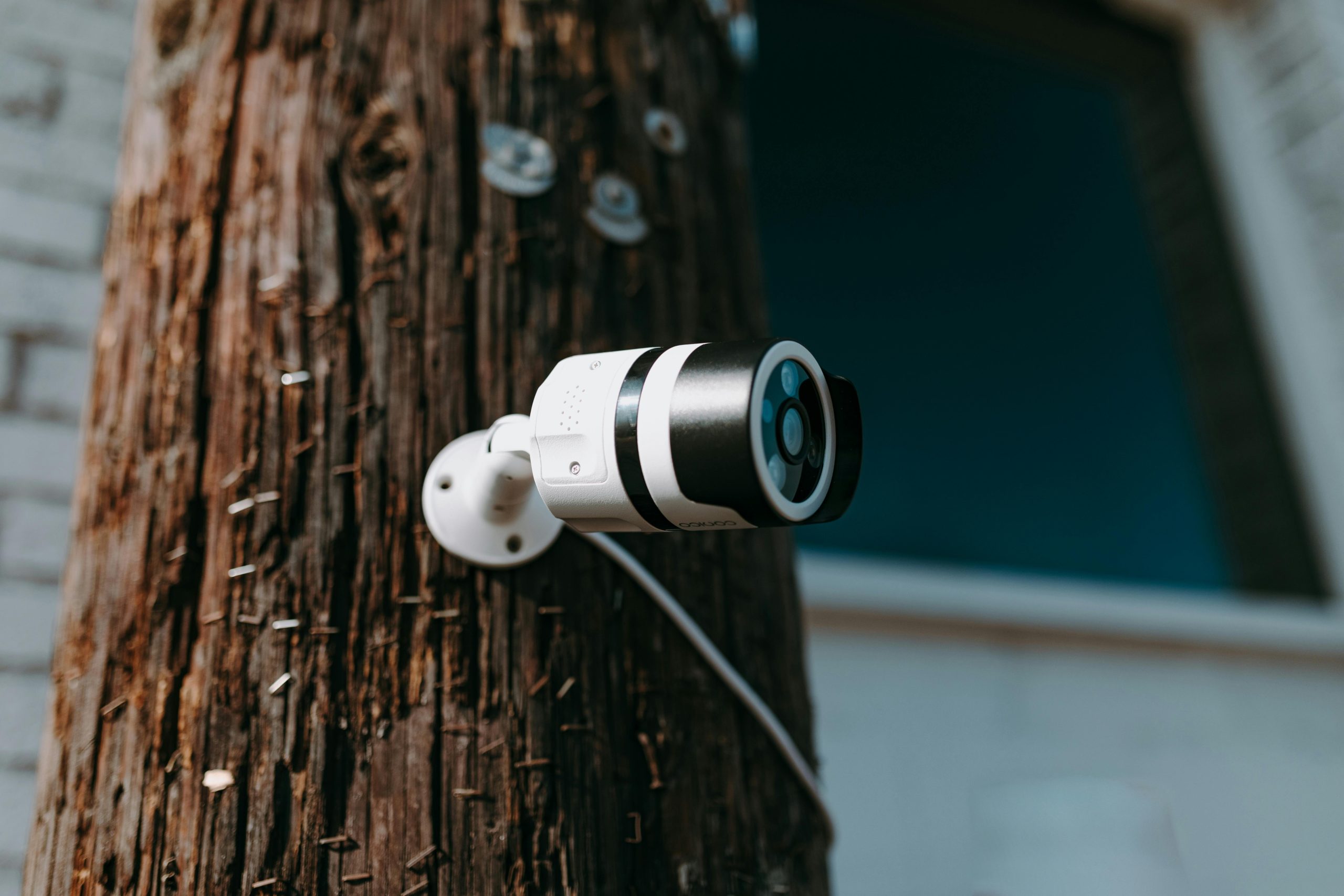Resolving Display Issues During AMD Software Installation on a Laptop with Broken Screen
Introduction
Encountering technical difficulties during software installation can be frustrating, especially when hardware limitations complicate the troubleshooting process. This article discusses a real-world scenario involving a laptop with a broken screen, where during the installation of AMD graphics driver software, the secondary monitor went completely black, rendering the system unresponsive. We will explore potential causes and recommend effective solutions to resolve such issues.
Scenario Overview
The user operates a laptop with a damaged primary display, relying on an external monitor to interact with the device. During an attempt to install or update AMD graphics drivers, recurring error 1603 was encountered. To address this, the user opted to remove the previous driver version. Initially, the process seemed to succeed; however, unexpectedly, the external monitor lost signal, and the internal laptop screen turned on, despite the hardware damage.
Further complications arose when pressing the function key (F5) aimed at switching display modes—such as only the internal display, both screens, or only the external monitor—appeared to have no effect. Since the laptop’s screen was broken, the user could not observe screen prompts, making troubleshooting particularly challenging. Attempts to restart the device or put it into sleep mode via keyboard shortcuts also proved unsuccessful.
Understanding the Issue
This scenario often involves complex interactions between driver updates, display configuration, and hardware accessibility. Key factors include:
- Driver Installation Conflicts: Error 1603 typically indicates a fatal error during installation, possibly due to existing driver conflicts or inadequate permissions.
- Display Mode Settings: Function keys (like F5) switch between display modes. If the display configurations are corrupted or hardware malfunctions, these commands may not respond correctly.
- Hardware Limitations: A broken screen precludes visual confirmation, complicating troubleshooting steps.
- External Monitor Connection: Loss of signal may indicate driver or hardware issues, or that display settings have been altered unexpectedly.
Recommended Troubleshooting Steps
-
Disconnect and Reconnect External Devices
-
Safely disconnect the external monitor.
- Reconnect it securely, ensuring proper cable connections.
-
If possible, try using a different cable or port.
-
Boot into Safe Mode
-
Power off the laptop.
- Turn it back on and repeatedly press the F8 or Shift + F8 key (depending on the system) to access Safe Mode.
- If the screen
Share this content:

